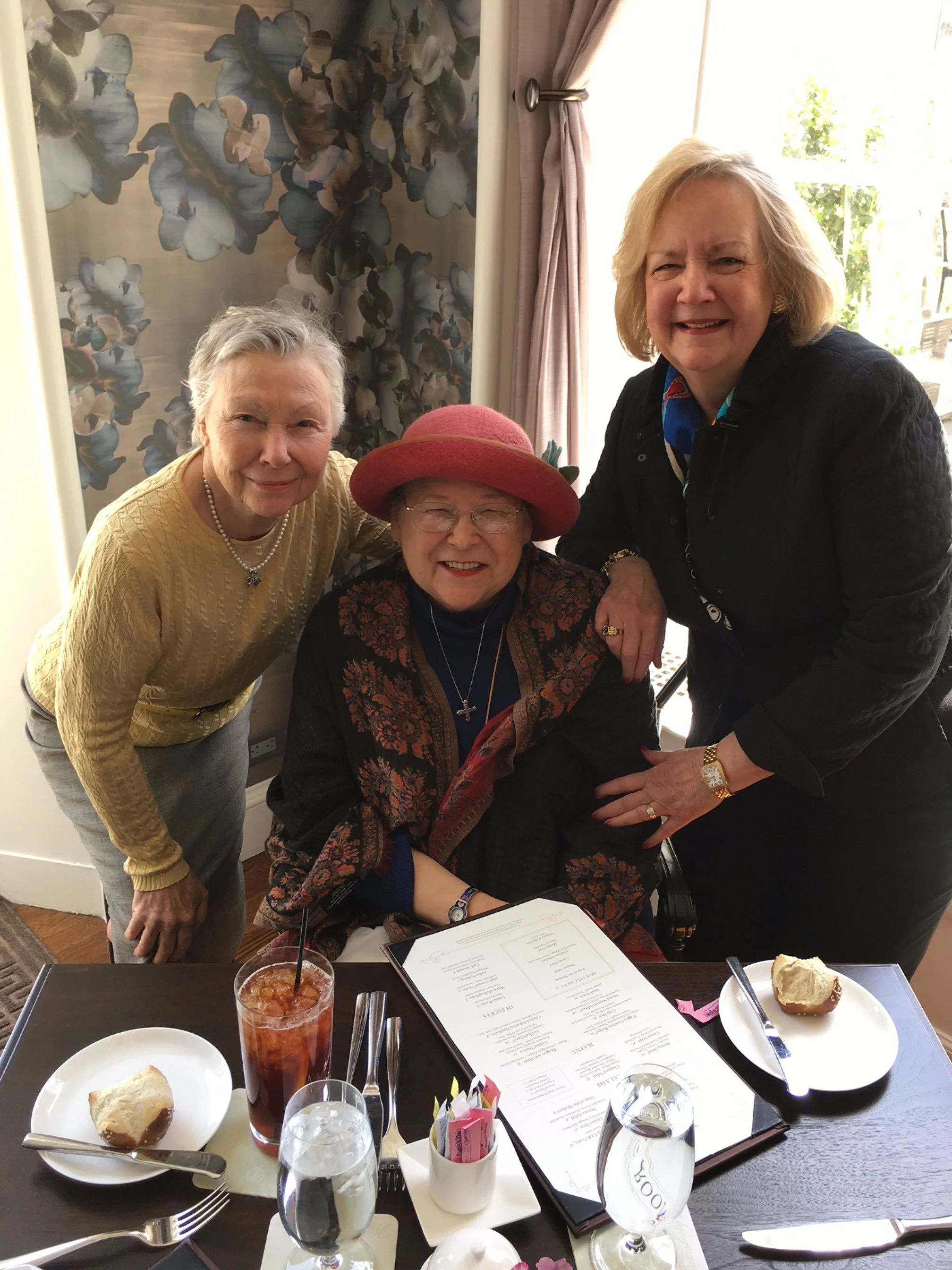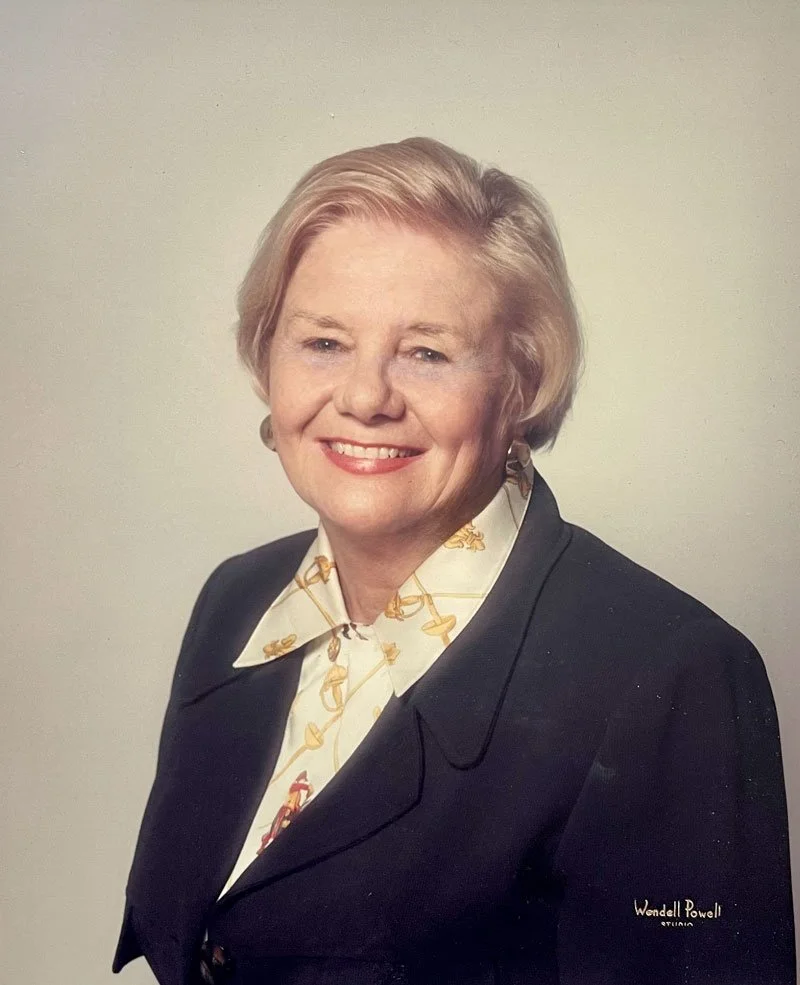Creative Friends for Life
“Some say the creative life is in ideas. Some say it is in doing. It seems, in most instances, to be in simply being. It is not virtuosity, although that is very fine in itself. It is the love of something, having so much love for something—whether a person, a word, an image, an idea, the land, or humanity—that all that can be done with the overflow is to create. It is not a matter of wanting to, not a singular act of will; one solely must.”—Clarissa Pinkola Estes, Women Who Run With the Wolves, inwardoutward.org, Daily Words, October 12, 2016.
Several years ago, my husband and I went on a motor trip of over 2500 miles back to towns and farms where I grew up, reconnecting with my cousins and old childhood friends. On this last visit, I was reunited with women who loved me no matter what I did. I was with friends and family like Liz, Kelly, Janie, Debbie, Laura, Jean, Christine, Betty, Anne, Wanda, and Suzanne, who encouraged me to be the person God created me to be, and they still do.
Traveling by car was conducive to long periods of silence, introversion, and thinking of people, especially women, who affected my life. I grew up in a small coastal town in Virginia. There were thirty-three in my high school graduating class. I went to college in North Carolina and eventually studied to become a medical technologist. Then, the summer before my senior year, I worked in that field and realized I had the training and education to become a physician.
However, in my college graduating class of one thousand women, only two others went to medical school. No woman in my family had become a doctor. The only female physician I knew was Dr. Shirley Olsson in my small hometown.
I now realize that Dr. Olsson is someone I most admired and unconsciously wanted to become, the authentic, caring woman and physician she embodied. She modeled in her everyday living how a woman can be a talented doctor and still have a family and a fruitful life. By chance, I would often run into her at the post office when I was home from medical school. I grieved when I read she died three years ago at age 92. I grieve that I never told her how she influenced my life, just as I did not realize at the time how she unconsciously formed and shaped decisions in my life.
I also know that one of the incredible women I saw on this past trip had advanced dementia and has since died.
What I learned on this trip is to try to be a little more aware of how I can support others to become the person God created them to be, just as Dr. Shirley and Laura and Liz, Janie, Suzanne, and so many others encouraged, sustained, and stood by me.
We have another reminder to live in the present moment and treasure each person we meet, especially by chance.
This is a time to reflect on the people who influenced our lives, let them know, and thank them. There may still be time.
Joanna. joannaseibert.com https://www.joannaseibert.com/




